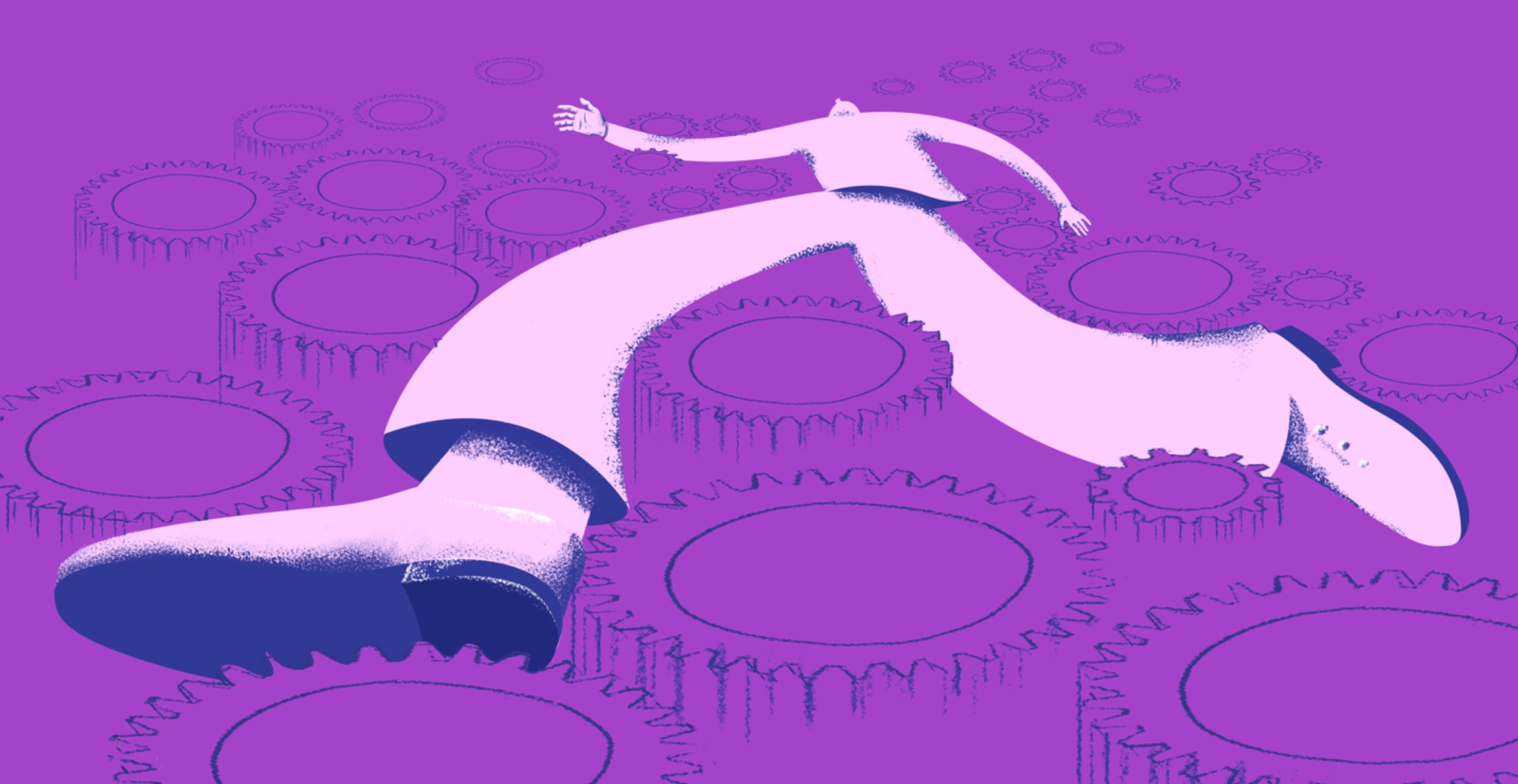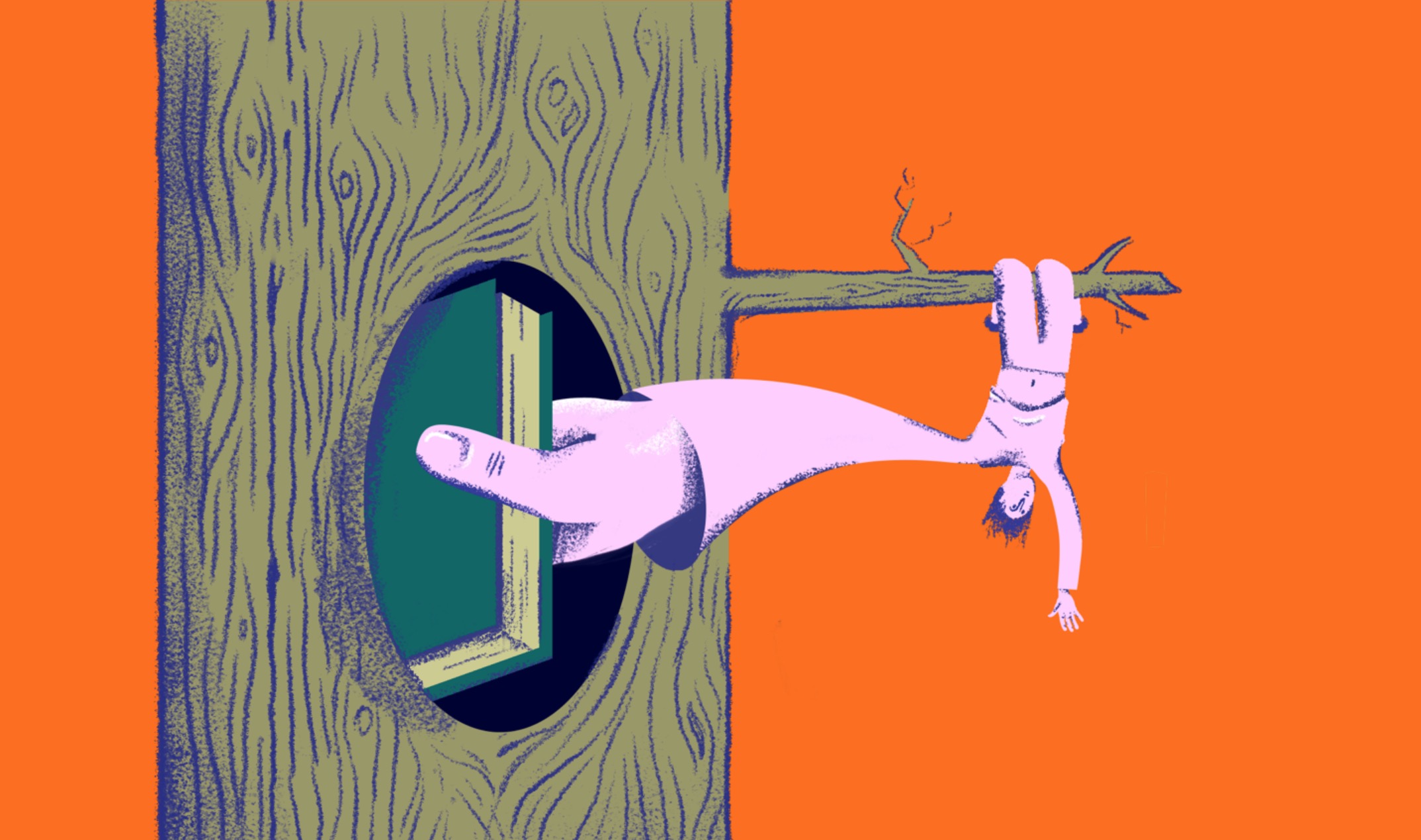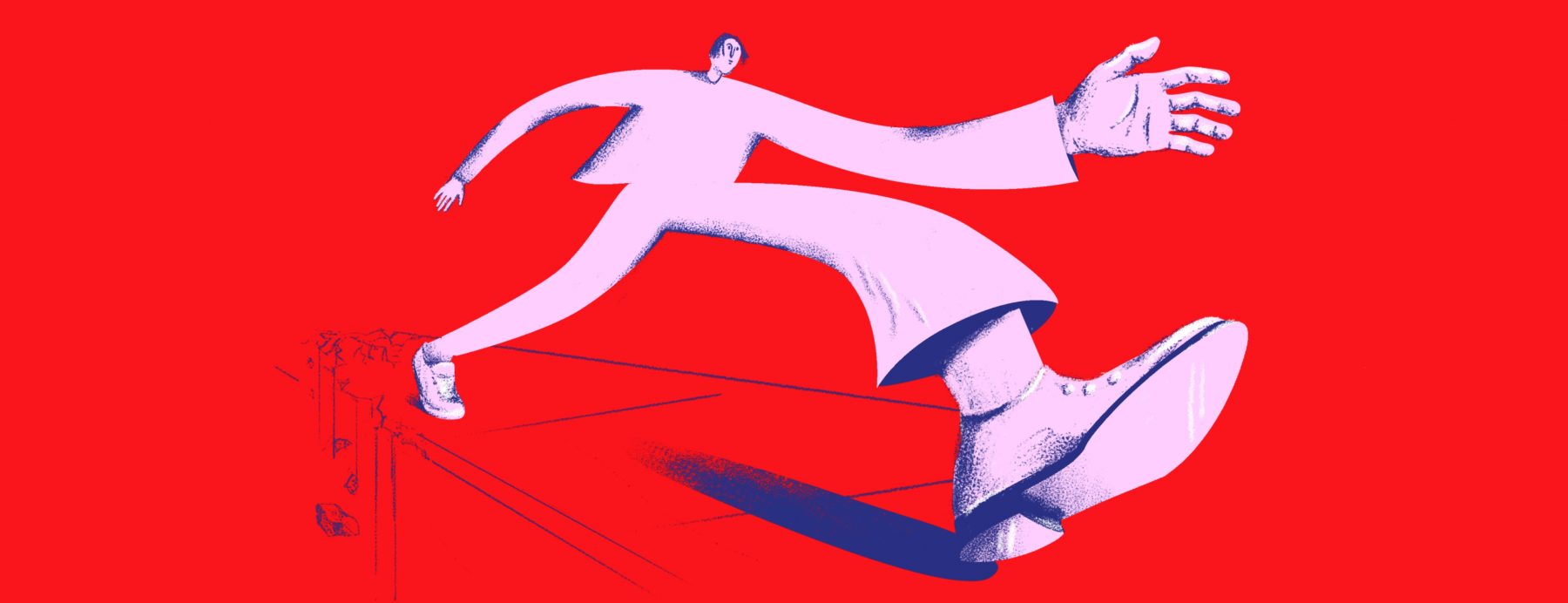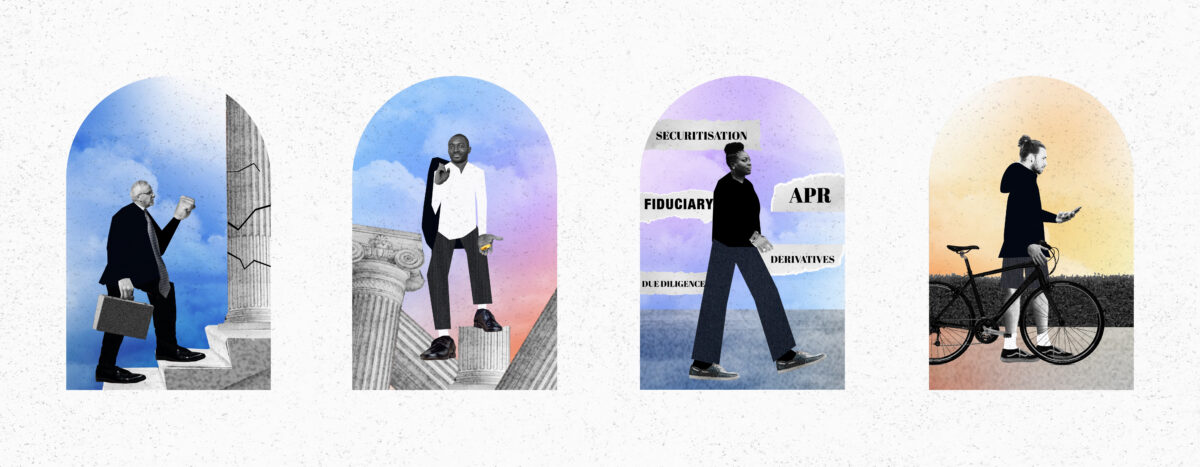In the five seconds it takes you to read this sentence, 30,000 tweets will have flashed across the Twittersphere. By the end of the day, 500 million tweets will have had their millisecond in the spotlight.
But in the roughly 700 hours the average American spends consuming social media, you could read the complete works of Shakespeare, listen to every Mozart composition, watch all of Hitchcock’s movies and still have plenty of time to keep up with the nonstop churn of digital dialogue.
We live in a time of transient communication, when messages are more often indulgent hits of dopamine than lasting investments in universal bonds. But while they may be hidden among the mounds of social media ephemera, symbols of longevity (thankfully) persist. They remind us and our future selves that while our lives may be fleeting, the human experience is transcendent. And they inspire us to think not just about the buzz we can generate in the moment but the impact we can make over generations.

The 10,000-Year Clock
The “Clock of the Long Now” began as a thought experiment by inventor Danny Hillis and the founding members of the Long Now Foundation three decades ago. Their central question: What if a completely self-sustaining clock had “year” and “century” hands instead of second and minute hands and a cuckoo to mark each millennium? Could it help us imagine ourselves as part of a larger tapestry of human existence? With a $42 million investment from Amazon founder Jeff Bezos, the clock is now under construction in a Texas mountain, where it stands 500 feet tall and will be powered by Earth’s thermal cycles. The completion date is still to be determined, but even its design and engineering process is an exercise in long-term thinking. As they build additional millennial clocks around the world, the designers hope they prompt “generational-scale” ideas and a sense of responsibility for the people and civilizations to come.

The “Atomic Priesthood” and the Challenges of Nuclear Waste Communication
It sounds like the stuff of a dystopian sci-fi novel. But a so-called “atomic priesthood” is one way communications academics have proposed the government could warn future generations about nuclear waste sites, which can remain dangerous for millennia. Instead of relying on words that may be obsolete for people tens of thousands of years from now, the idea is that this elite caste of people would educate each generation about the dangers of nuclear waste through rituals, legends and objects. For now, officials are sticking with tried-and-true warning signs and messages written in multiple languages. But that hasn’t stopped experts from exploring the offbeat, from warnings beamed off satellites to “radiation cats” with fur that changes color in the presence of radiation.

The Secret Archives in Vatican City
Honoring the fragility and age of its contents, only religious scholars 75 years and older are allowed to access the Catholic Church’s private archives located in a fortress-like area of the Vatican. Surrounded by a fireproof bunker, the archives contain sacred art and a trove of documents from all of human history dating back to the 8th century. Among the items: a letter from Mary Queen of Scots begging Pope Sixtus V to spare her from beheading, a papal bull written by Pope Leo X removing Martin Luther from the Catholic Church, and the minutes of the trials against the Knights Templar. The job of recording the vast contents of the archives is massive, but vital to the legendary library’s preservation.

Massachusetts State House Time Capsule
On July 4, 1795, Sam Adams, Paul Revere and Colonel William Scollay placed a brass box under the cornerstone of the Massachusetts State House. In it, they tucked away a collection of period artifacts, including newspapers, coins, a medal with the likeness of George Washington and a silver plaque thought to be engraved by Revere himself. Since its original placement, it’s been stumbled upon twice. The first time was in 1855, when workers encountered it while building an addition to the State House. After cataloguing the items, they returned them within four days. It wasn’t until 2014 that a water leak prompted a repair crew to remove the time capsule again – in a seven-hour process. To extract the items from the box, a local conservator used a porcupine quill and a dental pick. At the time, Malcolm Rogers, director of Boston’s Museum of Fine Arts, said, “It was like brain surgery, with history looking down on us.”

The Tibetan Book of the Dead (Bardo Thodol)
A guidebook to not just long-term thinking but infinite thinking, “the Bardo Thodol,” or “The Tibetan Book of the Dead,” is said to have been composed by Tibetan guru Padmasambhava in the late 8th century CE. After he hid the book in a cave in the Gampo Dar mountain so that it could survive a period of intense political upheaval, it was uncovered in the 14th century CE by “treasure revealer” Karma Lingpa. As a Tibetan Buddhist funerary text, it provides instructions – like verses to repeat at a person’s bedside and meditations – for guiding one’s consciousness through the transition that begins right before one’s death and ends in reincarnation. But it isn’t just a text for preparing for the process of death and rebirth; it teaches us that this process is endless and ever-present. In an era consumed by the now, it’s a reminder that each moment is a window to everything that came before and will come after.






